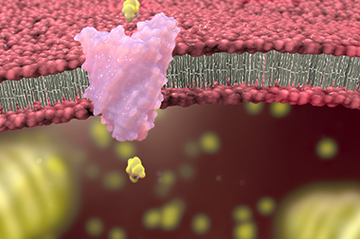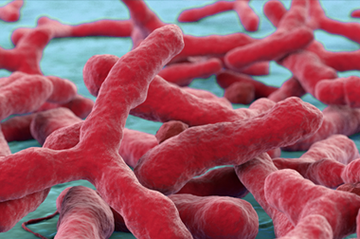Effect of Diet on Loss and Preservation of Lean Body Mass in Aging Dogs and Cats
Dorothy Laflamme, DVM, PhD, DACVN
Overview
Sarcopenia is an age-related loss of lean body mass (LBM) independent of disease. It is a long-term process with a complex etiology. Importantly, sarcopenia increases the risks for mortality. Accumulating evidence in humans, dogs and cats, suggests links between dietary nutrients and the preservation of LBM in aging subjects. The data presented here suggest that protein intake should increase with aging. Other nutrients also likely have roles in the loss of LBM that occurs in aging dogs and cats.
Key points
Most sarcopenia studies are in humans; however, dogs and cats also have age-related loss of LBM.
- A cross-sectional study of 256 cats showed that apparently healthy cats lose approximately one-third of their LBM between about 8-10 and 18-20 years of age.
- In aging dogs studied, there was approximately a 10% loss in LBM and corresponding increase in fat mass.
Loss of LBM in dogs and cats is associated with an increase in mortality, just as it is in people.
- Studies in dogs on a lifelong limited feeding regime or fed increased dietary protein intake showed reduced or delayed this age-related loss of LBM.
- In a longitudinal study that followed mature and geriatric cats over an eight-year period, mean LBM decreased by 34%. Each 10-gram increase in preserved body fat was associated with a 2% increase in survival.
While many factors contribute to sarcopenia, in general, age-related decreases in protein metabolism and even greater decreases in protein synthesis contribute to loss of LBM.
There is controversy regarding how much protein senior adults require, however a growing consensus suggests that 50% more protein intake for seniors, over levels ingested by middle-aged adults, is important (about 1.2 g/kg BW).
- Factors that play into the controversy include how protein requirements are measured, and study results that vary depending on how long the study was done, how much protein was given, and what kind of protein was given.
- Studies indicate the amount of protein required maintaining LBM or protein turnover far exceeds that needed to maintain nitrogen balance. Cats need about 1.5g protein/kg BW to maintain nitrogen (protein) balance but need over 5 g protein/kg BW to maintain LBM. Dogs require about three times more protein to maintain protein/DNA ratios (an indicator of protein reserves) compared to that needed to maintain nitrogen balance, while old dogs need 50% more protein than young dogs.
In many studies it appears that higher protein diets can preserve LBM and BW, however further studies are needed to identify how much more protein is needed for dogs and cats.
Other dietary factors may also help preserve LBM, including antioxidants, vitamin D, lysine, acid/base balance and other nutrients.
Clinical relevance
Age related weight loss in senior dogs and cats is a common clinical concern. Although sarcopenia is a complex condition, adequate protein -which may be described as 50% more than the adult requirement- helps reduce age related loss of LBM in dogs and cats. There is controversy about the exact amount of dietary protein needed in senior years, and the subject requires more research.
This document contains summaries of all presentations from the Companion Animal Nutrition Summit, held May 3-5, 2018 in Charleston, South Carolina. Please note that these summaries represent overviews of the presentations and may include opinions and research of presenters, which do not necessarily reflect those of the Nestlé Purina Petcare Company.
Produced by the Purina Institute, May 21, 2018


